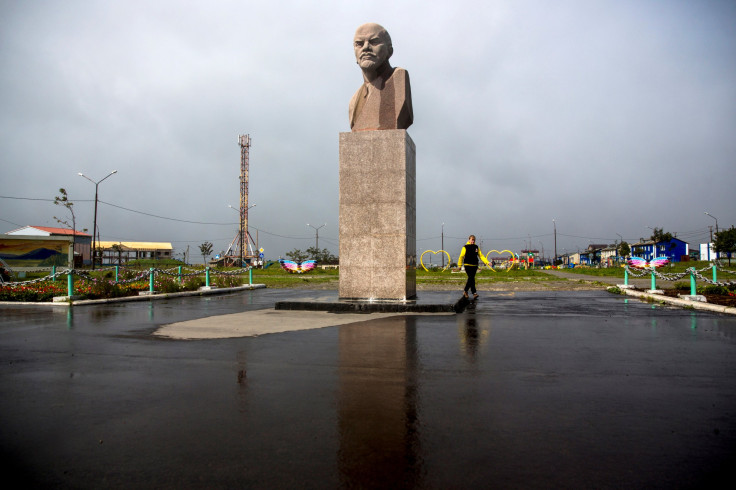US Foreign Military Bases: Russia, Japan Fight Over Kuril Islands As 2 New Stations Could Be Added

Japan is reportedly tinkering with the idea of allowing the U.S. two new military bases in the Kuril Islands despite Russia’s all-over jurisdiction of the archipelago, the Moscow Times reported Wednesday. The move could awaken an issue that’s been relatively dormant since the end of World War II more than 70 years ago.
Two high-ranking diplomats from each side, the General Secretary of Japan’s Security Council Shotaro Yachi and his Russian counterpart Nikolai Patrushev, discussed the idea during a meeting on Nov. 9, according to two Japanese news outlets.
Russia has previously refused to discuss any of Japan’s claims on the islands. However, President Vladimir Putin is scheduled to make an official visit to Japan running Wednesday to Thursday and the Kuril Islands are expected to be one topic of discussion.
The islands, 56 in total that stretch more than 800 miles across the Sea of Okhotsk in the northern Pacific Ocean, are a direct chain that leads straight from mainland Japan to Russia’s Kamchatka Peninsula. Russia claims jurisdiction over the entire chain, while Japan claims the largest islands to the south of the chain, Iturup and Kunashir.
A spokesperson for the Kremlin told reporters in a briefing Wednesday that Putin had previously said Russia "could not ignore the presence of Japan's allied commitments."
Still, the idea of the U.S. expanding its military presence in Japan could be a difficult issue for all parties involved. The U.S. currently has three bases in Japan, two on the island of Okinawa and a third in Zama. Adding another so close to Russia could worsen already tense relations between the superpowers.
It could also hamper Russia’s potential plans to expand its foreign military presence around the globe. In October, Russia’s defense minister said there was a possibility of reopening bases in Vietnam and Cuba, both sites of Cold War proxy wars between the U.S. and Russia, and Russia’s already expanded its presence in Syria by opening a base there as well.
© Copyright IBTimes 2024. All rights reserved.





















